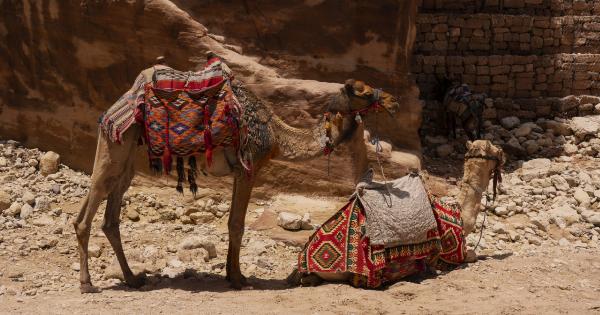In recent years, back burning has become a hotly debated topic.
While some claim that it is an essential tool for managing vegetation and preventing wildfires, others voice concerns about its environmental impact and the risk of unintended consequences.
What is Back Burning?
Back burning, also known as controlled burning or prescribed burning, is a practice used by land managers to reduce the risk of wildfires.
This involves intentionally setting small, controlled fires in areas of vegetation that are at risk of burning uncontrollably. By reducing the amount of fuel available to wildfires, back burning can help to limit the spread and severity of these events.
Why is Back Burning Done?
Back burning is primarily done to reduce the risk of wildfires. By removing dry, flammable vegetation through controlled burning, land managers can help to prevent these events from occurring or limit the damage they cause.
In addition, back burning can be used to manage invasive species, stimulate plant growth, and maintain healthy ecosystems.
What are the Risks Involved in Back Burning?
While back burning can be an effective tool for managing vegetation and preventing wildfires, there are several risks involved. The most significant of these is the potential for unintended consequences.
If a back burn is not carefully planned and executed, it can quickly escalate into an uncontrollable wildfire, causing significant damage to the environment and nearby communities.
In addition, back burning can have a negative impact on air quality, particularly in densely populated areas.
The smoke and ash produced during controlled burns can cause respiratory problems and other health issues for people and animals living nearby.
Finally, there is some concern that back burning can have a negative impact on biodiversity. While it can be used to control invasive species, the practice can also destroy habitat and food sources for native species.
What are the Alternatives to Back Burning?
Given the risks involved in back burning, some have called for alternative methods of vegetation management. One such approach is mechanical thinning, which involves using machinery to remove vegetation and reduce the risk of wildfires.
While this can be effective, it can also be expensive and time-consuming.
Another alternative is the use of herbicides, which can be sprayed selectively to control invasive species. However, this approach can be controversial due to concerns about the impact of chemicals on the environment and human health.
A third approach is to increase public education and awareness about the risks of wildfires.
By teaching people how to be responsible with fire and how to create fire-safe environments around their homes and properties, the risk of wildfires can be reduced without the need for back burning or other intensive management practices.
Conclusion
Back burning is a controversial practice that has both benefits and risks. While it can be an effective tool for managing vegetation and preventing wildfires, it can also have unintended consequences and negative impacts on air quality and biodiversity.
As such, it is important to carefully consider the risks and benefits of back burning before implementing the practice.






























